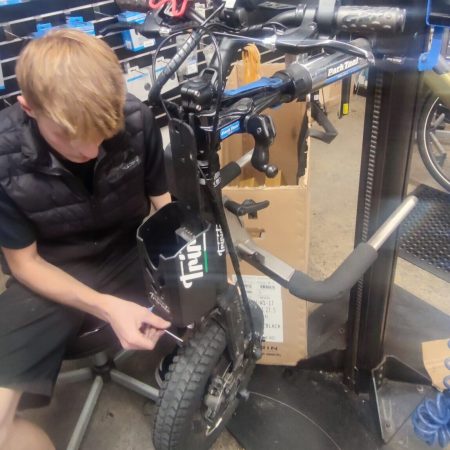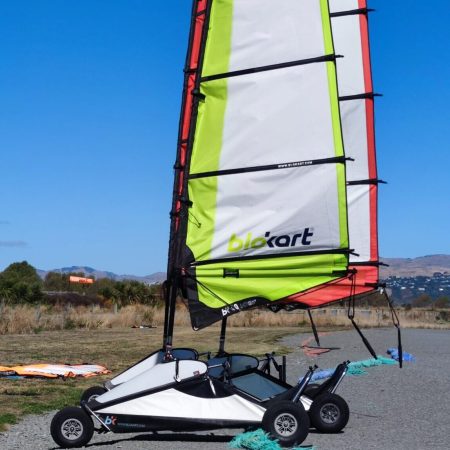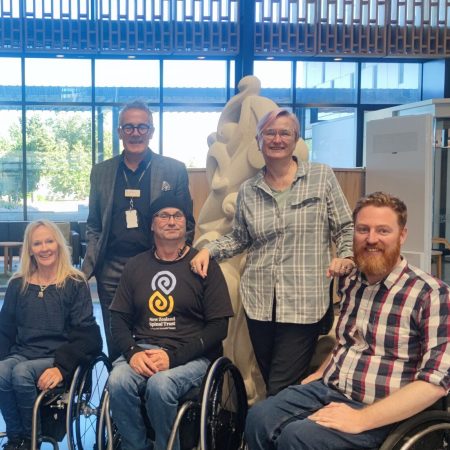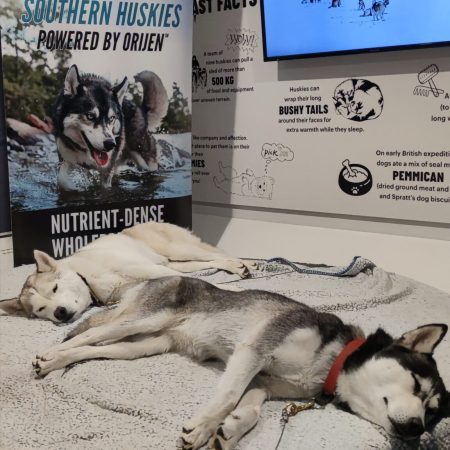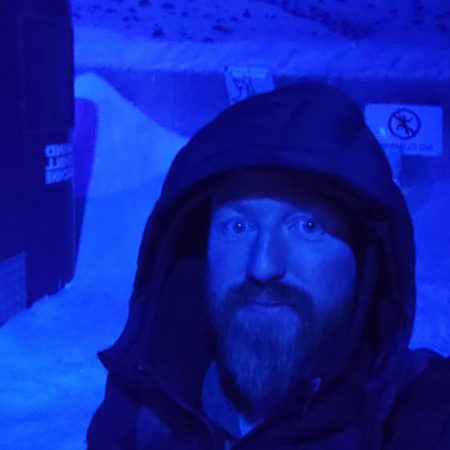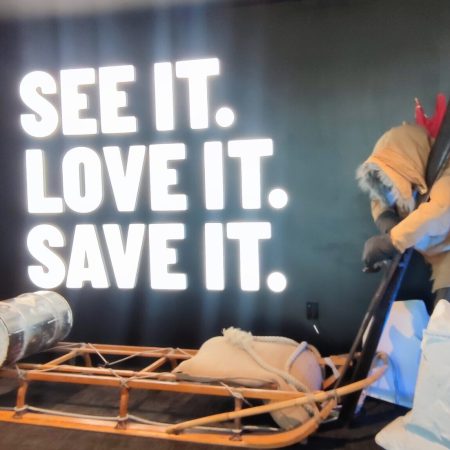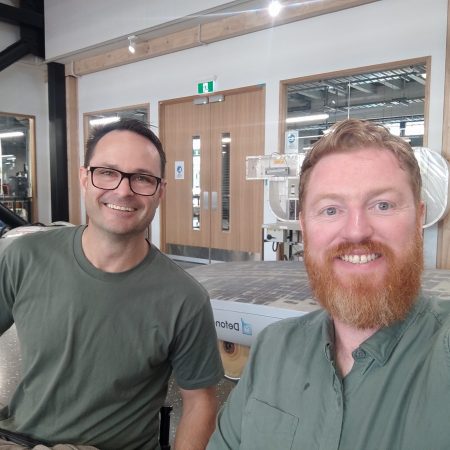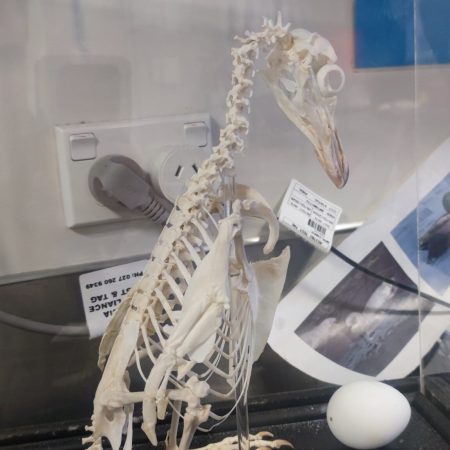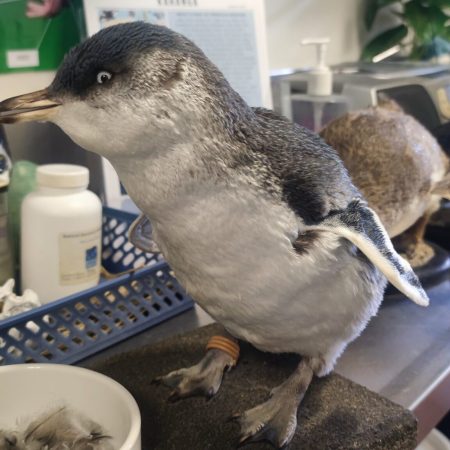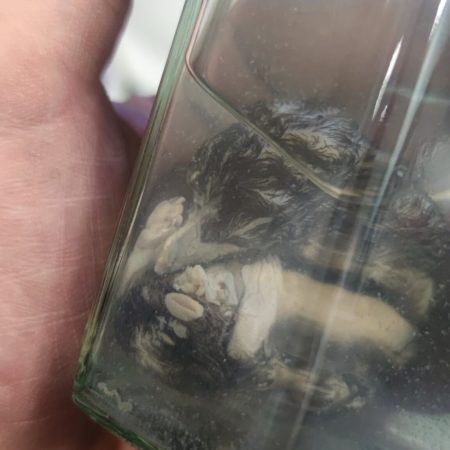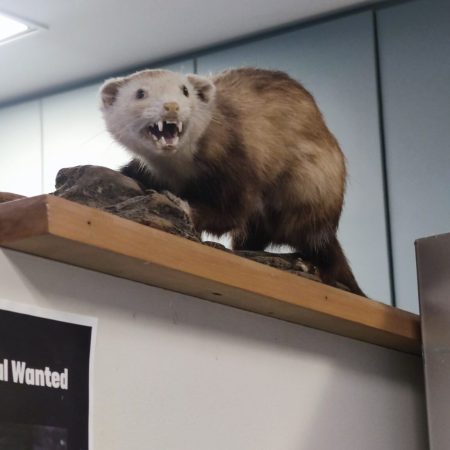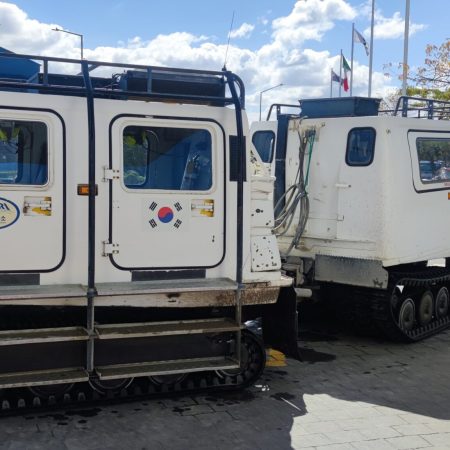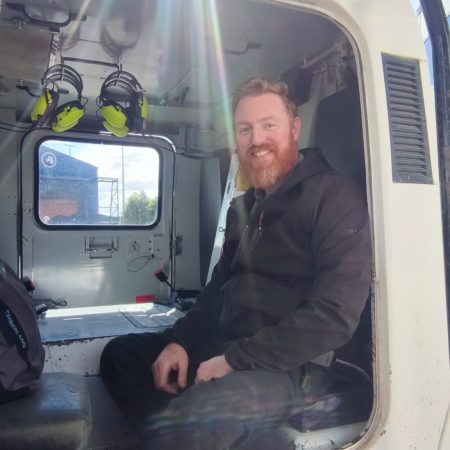After six weeks, four major cities, two road trips, two ten hour plus train journeys and more accommodation than I can count on my fingers and toes, I’ve arrived in Christchurch – the final city I will visit on my Churchill Fellowship.
Dropping off the car at Christchurch airport was the easy part. After the sat nav had let me down getting out to the rental company I was up against the clock to get back in town for a virtual meeting at four. Luckily I got to the taxi rank just before a flight arrived and passengers flooded over to get a ride and I made it back to the motel with time to spare before my call.
Finding a place to stay in a city you’ve never been before can be tricky, even trickier when you’re limited to the places that are wheelchair accessible. I’ve really lucked out so far and I have managed to stay in some nice semi-accessible places. I figured that my luck would run out at some point. Not today.
I picked out this motel because it was accessible, but also well connected by bus routes. It has turned out to be one of the most accessible places that I have stayed with a spacious, well though accessible bathroom. What I didn’t realise at first was that the position of the room in the building means it doesn’t have any windows. While I would never opt for a room without windows, I slept so well not getting woken up by the sun. Swings and roundabouts.
Getting around the city
Christchurch is the first city that I’ve visited on this trip that doesn’t have a train system. I have really been spoiled with the accessibility that I’ve seen so far and the ease of travel that has afforded me so going back to somewhere with only buses seems quite limiting.
The other downside to transport here is that it seems quite difficult to pay. While they do have travel cards as well as taking cash, something I haven’t used at all on this trip, topping up your card online can take 12 hours which I can’t understand in the world of instant transactions that we live in.
Having said those as negatives, I don’t want to come across as too disparaging. The buses here are accessible and the drivers are friendly and helpful from what I have experienced so far. Another plus is that my motel is located on the same road as the bus interchange so getting anywhere is fairly straightforward.
Talking about innovation
Only after leaving Auckland that I was connected with Huhana Hickey who is a disabled Maori woman living there. We had such an interesting chat about the oppressive social systems that hold disabled people back, the political power holders who don’t understand or care to understand disability and also the intersection of being Maori and disabled.
It was clear that the barriers Huhana had experienced and seen others experience throughout her career had been through a lack of support that started at the top levels in government, something that she believed could only change with more disabled representation in all levels of politics. Representation bringing the voice of disabled people to the conversation to spur changes that can empower a whole community.
Before we wrapped up our conversation, I took the opportunity to ask Huhana about how identities of Maori and disability coexist, prompted by my recent experience at Te Puia (more on that in my previous blog). I was grateful for another level of insight that I gained from her explanation on the subject. I will leave Aotearoa with a more balanced view than I had before.
Next on my list to interview was Mike Brown, a wheelchair user who is ten years into his innovator journey and founder of Adaptdefy, a company that aims to solve every day, real world challenges for wheelchair users.
Mike started his journey as an innovator after a situation involving a toolbox sliding off his knee and crashing to the floor left him thinking that there must be a better way for wheelchair users to carry things on their laps. And so the concept of the LapStacker was born. A device that can be clipped to most wheelchairs and using a seatbelt style strap, can hold objects in place. Something that most wheelchair users will tell you is one of the many things in daily life as a wheelchair user that just adds one more difficulty and takes a little bit longer to do.
Not many of my interviews have been product focused so listening to Mike talk about his experience of bringing his idea to life and then to market left me very impressed. Mike also very kindly gave me a lapstacker to try out for myself. Something that I’m looking forward to testing in the coming weeks!
Over the years I’ve spent a fair bit of time in spinal units; working, volunteering and of course as a patient. Over the last few years life has taken me away from that setting so when I went to Burwood Hospital to meet NZ Spinal Trust at their spinal unit there was a sense of nostalgia.
It’s funny really, I am on the opposite side of the world but there are certain things about the spinal unit that remind me of all the times I’ve been there before.
The CEO of NZ Spinal Trust had reached out to me on LinkedIn suggesting I visit them when I was in Christchurch and I was only happy to do so. Hans and I along with a couple of members of his team sat in the hospital cafe talking about innovation within the disability community and the work that their organisation does to support people post spinal injury.
A big part of their work is around supporting people into this new world of life with a spinal cord injury through education and peer support. With only two spinal rehabilitation centres in Aotearoa New Zealand, offering support directly to people following an injury is much easier than it would be in the UK where we have 11 spinal units.
Adjusting to life after a spinal cord injury can involve people facing ableism, both internal and external, for the first time. Talking to the NZ Spinal Trust was useful to reflect on social attitudes towards disability and what this could mean for disabled innovators, particularly what it could mean in presenting them with barriers and opportunities.
Quick fix
Before leaving my meeting with Mike, I checked with him where the closest bike shop was. Luckily it was visible from the workspace he uses at the growth and innovation hub.
A couple of weeks ago the brake cable on my power assist snapped. Something I think happened because I over-tightened it last time I replaced it. It’s been on my to do list since it happened but I do have a second brake so the repair was never prioritised.
With the bike shop so close I nipped over there on the off chance they would have time to fix it for me while I don’t have the tools with me to do it myself. The guys in the bike shop were great and despite being busy got my brake cable replaced straight away. Even had a quick tune up of a few other loose bits on there!
I was also impressed with the clamp they used to hold the bikes, or in my case the power assist, in place. Something that while would be excessive for home use, I would definitely appreciate over getting on the floor to do work like this.
Antarctic experience
With the afternoon free I wanted to get out and see a bit more of Christchurch. With a recommendation from Mike earlier in the day, I headed out to the International Antarctic Centre, a place full of exhibitions that pack in the wonder and excitement of the Antarctic.
There was a lot going on at this place and I managed to pack a lot in a few hours.
The centre is a rescue centre for Little Blue penguins who get rescued but aren’t able to be reintroduced to the wild. There was a tour about to start just as I got there and with a couple of no shows, I got a guided tour just for me. It was interesting to learn about the non-monogomous penguin species, the different characters (some of them sound like real characters), the technology behind maintaining a safe living environment and the risks they face in the wild – see ferret below.
For an extra ten dollars on top of the admission price you could get a ride in a Hagglund – a fully amphibious vehicle of Swedish origin that is well suited to the conditions that are faced in Antarctica. Transferring into a Hagglund isn’t something that I’ve done before, but there’s a first time for everything!
After my offer to drive round the course was politely declined, our experienced driver took over a series of obstacles that you would come across in Antarctica; a hill the size of a two storey building, broken pathways representing the fractured ice and water logged section that this amphibious vehicle handled with no problem.
One final exhibition that I wanted to try was the Storm Dome. A snow filled room that simulated the stormy conditions of Antarctica; temperatures of -8C that felt like -20! once the 40kph winds started. This was only a summer storm, with temperatures in winter storms dropping as low as -40C!
There was a lot more to see at the exhibition. More than I can reasonably put in this blog. Check out some of the most laid back huskies imaginable in the gallery at the bottom of the page.
Blown away
I haven’t tried many wind powered sports before. If we ignore the ones that include falling like skydiving and paragliding, then the only wind powered sport I’ve tried is kitesurfing in Greece back in 2019. Kitesurfing while difficult to balance was a lot of fun, but the pandemic hit and that put an end to travel for long enough for it to drop off my to do list.
When I got a comment on a recent LinkedIn update that I posted from Ian Brown (not of the Stone Roses) asking if I had ever tried blokarting, I replied saying not yet but I’m always up for trying new things, to which he suggested I get in touch with his company Velocity Karts when I was in Christchurch. And just like that I had made a plan to try a new sport.
Just a short drive, or a long bus journey, from my meeting with NZ Spinal Trust at Burwood Hospital was the blokart track just outside New Brighton, this coastal location offered heavy winds that were ideal for any wind powered sport. I had also spotted a kite surfer when I went to the beach.
Blokarts are three wheeled buggies with a seat, handle bars and a four metre sail. The great thing about these carts are that they are completely hand controlled, steering with the handle bars and using a rope to control the tension in the sail, pulling it tighter to speed up and giving it more slack to slow down. Important to slacken the rope when turning or you can lift a wheel off the ground as I found out a couple of times when I was out there!
It took a couple of laps to get the hang of it, but it wasn’t long before I was building up more speed, braking less and taking the corners tighter. Even lapping a couple of the other people on the track. Interestingly, the categorisation in blokarting is only by weight, with men, women and wheelchair users all competing directly against each other within each weight class.
I’m really pleased that I ventured out to try this, and thankful Ian reached out to invite me to try it out. I had never even heard of blokarting before trying it out in Christchurch, but this will be something else that I’ll be looking for when I get back to the UK.
One final thing – a huge thank you
My time in Christchurch has come to an end. Although I’m not ready to fly home just yet, this is the end of the travel component of my Churchill Fellowship. I would like to say massive thank you to the Churchill Fellowship for affording me this incredible opportunity that has been brilliantly mind blowing with everything I have learned. I can wholeheartedly recommend a Churchill Fellowship to anyone who is passionate about making social change – have a look at their website here to see more about the application process.
I also want to thank every person who has made time to speak to me and made this trip so special. My area of research is something that I am thoroughly passionate about and to connect with so many people who share a vision and my enthusiasm for change. That gives me hope. And that’s an inspiring thing to have.
This isn’t the end.
Far from it.
First of all I still have two weeks before I fly home and I intend to pack a lot more into that time. The next step will be collating the information from the dozens and dozens of interviews that I’ve had (and having a few more that I couldn’t squeeze in) over the past seven weeks and writing a report on my findings. Following that mammoth task, I’ll be following up on the recommendations and actions that come out of the report. Without a shadow of a doubt, some of the connections from this trip are going to grow into things that I’m very excited about!
